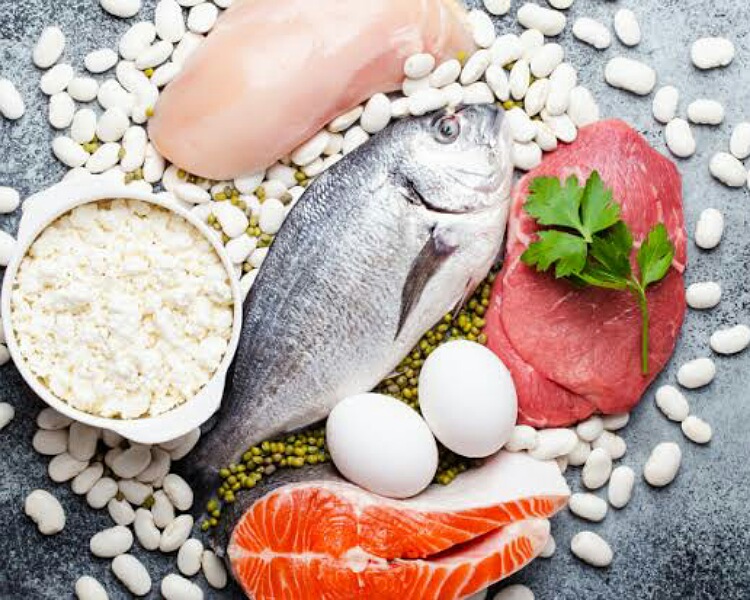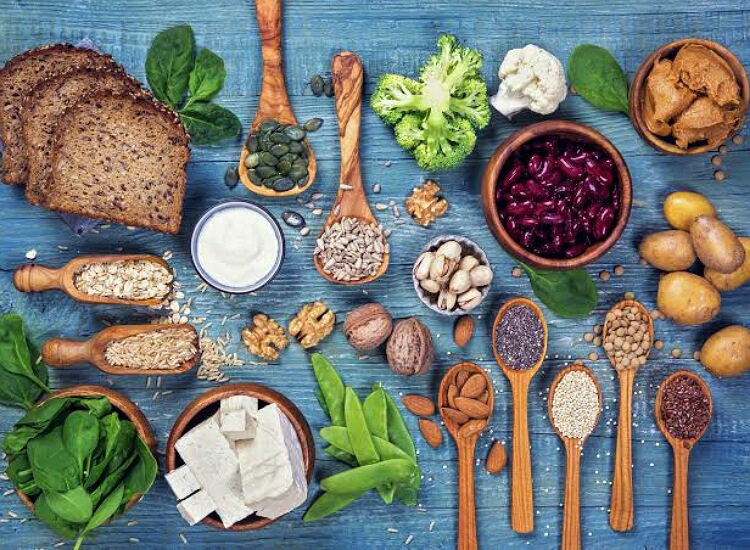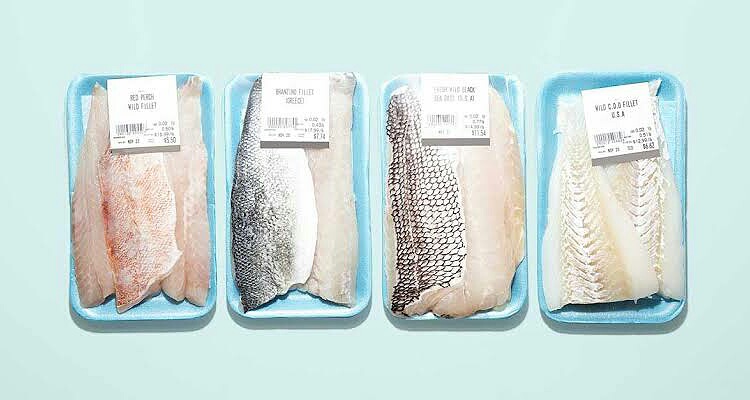Lean protein is better than red protein. What is lean protein? What are the best sources for it?
Lean protein definition
Protein is essential for muscles and repair. It is an essential macronutrient. But most non-veg sources of this protein have added saturated fats and cholesterol in them. This is bad for health since excessive saturated fats and cholesterol increase the bad cholesterol or LDL cholesterol of blood. This negatively affect the vital organs of the body such as the arteries, heart, brain, and kidneys. It causes strokes, heart attack, and early deaths.

Lean protein is that protein that has in a three-and-a-half ounce serving less than 10 grams of fats, less than 4.5 grams of saturated fat and less than 95 mg of cholesterol. Or in other words, there should be just 2 to 3 grams of total fat per ounce in it. Some cuts of red meat are loaded with saturated fats. Avoid having this meat more than 1 or 2 times a week.
Sources of good meat
Prefer lean cuts of meat that have less of total fats in them. Skinless chicken, salmon and fish have good meat in them that are low in saturated fats.
Plant sources have fewer proteins per ounce but they are healthier due to lack of saturated fats and cholesterol in them. These include soybeans (40 grams per 100 grams of uncooked), tofu, beans (15 grams per cup), edamame (have 18 grams protein in a cup), chick peas (14.5 grams in a cup), lentils (18 grams in one cup), quinoa (24 grams in one cup) and the like.

Cow milk too provides 3.5 grams of proteins in 100 ml. Low fat cottage cheese and low fat Greek yoghurt have great quality protein in them. Eggs have around 5 to 6 grams protein in each piece.
Bacon has very high levels of saturated fats in it. 1 slice contains 3.5 grams of saturated fats. Ham also has 2.5 grams of saturated fats in 3 ounce serving. Hot dogs are also loaded with fats. 1 hot dog contains 5.3 grams of saturated fats. Pepperoni has 4.2 grams of saturated fat in one ounce.
How to ensure adequate intake of proteins?
Firstly, one should know the difference between good meat and bad meat. Avoid red meat. If you like to eat it, have it in moderation and less frequently.
Prepare protein sources in advance and store them in your refrigerator. Emily Feivor is a registered dietitian with the Long Island Jewish Forest Hills, part of Northwell Health in New York.

She says:
“At mealtime, it’s a good idea to keep protein at the top of your mind, to consume at least 20 to 30 grams of protein per meal,”
“Ways to make this easy for yourself is to prepare extra portions of chicken, breast, fish or other lean protein, and to keep it stored in the refrigerator to add to meals throughout the week.”
She continues to explain:
“The key is aiming to incorporate protein at every meal, all the while balancing with your carbs and healthy fats,”
Read here: Adequate protein intake daily: How to ensure it?
“(From talking to people), breakfast tends to be the biggest challenge in incorporating lean protein. I love to make my oats with skim milk (which contains protein). As a whole grain, oats also contain protein, so by combining them you get two sources of lean proteins.”